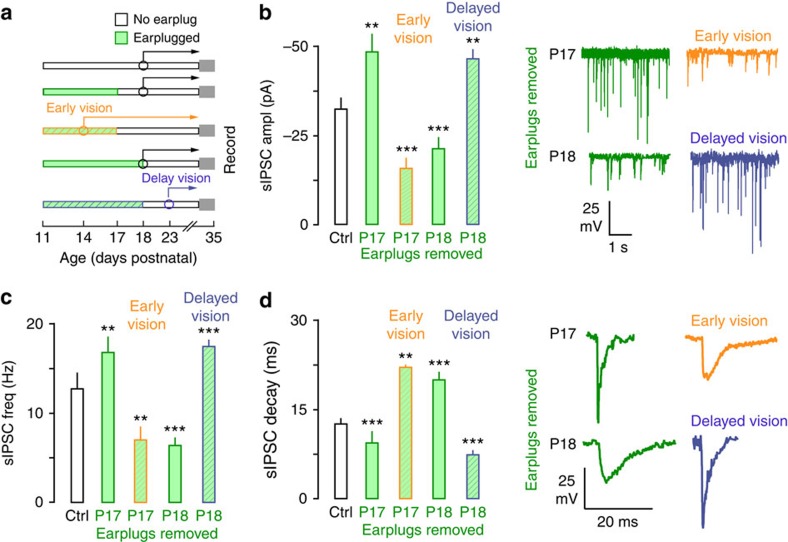Figure 4. Early eyelid opening closes the ACx CP of recovery from hearing loss precociously while delayed eyelid opening extends it.
(a) Diagram shows the experimental design for data presented in b–d. Animals experienced hearing loss from P11 to P17 or P11 to P18. One group of animals had their eyes opened at P14 and experienced hearing loss from P11 to P17. A separate group of animals had their eyes glued shut until P23 and experienced transient hearing loss from P11 to P18. Sample size; IPSCs: Control, n=40; Normal earplug P11 to 17, n=25; Normal earplug P11 to 18, n=15; Early earplug P11 to 17, n=15; Delay earplug P11 to 18, n=26. (b–d) Bar plots show the effect of recovery from hearing loss when eyelids were opened early (P14), opened naturally (P18) or when opening was delayed (P23). When hearing loss occurred between P11 and P17 IPSC properties were potentiated, while hearing loss that occurred between P11 and P18 lead to diminished IPSC properties. Early and delayed visual experience gated this bidirectional plasticity. That is, sIPSC amplitude and frequency were decreased and decay time constants were slower when eyes were opened prematurely (P14) and earplugs were removed at P17, indicating that the CP for recovery from hearing loss had closed early. In contrast, delayed eyelid opening (P23) led to increased sIPSC amplitude and frequency, as well as faster decay time constants when earplugs were removed at P18, indicating that the CP was extended. Experiments were not replicated. Tukey's (honestly significant different) test, *P<0.05, **P<0.01, ***P<0.001. Error bars are s.e.m.

